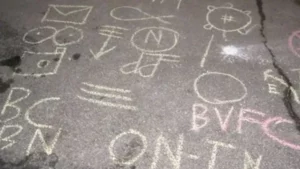About the Hash House harrier and their history
A drinking club with a running problem
4. To persuade the older members that they are not as old as they feel.
The Hash House Harriers (HHH) emerged from humble beginnings in Kuala Lumpur, Malaysia, in 1938. Inspired by the traditional British game of “hare and hounds,” a group of British colonial officers and expatriates sought a playful way to work off the excesses of their social lives. This inaugural group embraced the nickname “Hash House Harriers” after the Selangor Club Annex where they convened, known for its less-than-stellar cuisine.
While interrupted by World War II, the HHH spirit re-emerged with vigor in the post-war period. The concept spread throughout Southeast Asia and by the late 1970s, had grown into a global phenomenon. Unlike traditional running clubs, the emphasis remained firmly on camaraderie and a playful disregard for competitive athleticism. True to its origins, a well-attended “On-In” involving social revelry and often boisterous singing remains integral to any hash run.
Today, Hash House Harrier “kennels” exist on every continent. While individual traditions evolve within each group, common unifying elements persist. Runners follow trails marked with flour or similar, deciphering the hare’s devious clues laid along the way. Misleading false trails, shortcuts, and the calls of “On-On!” are hallmarks of any given hash, all culminating in the much-anticipated social festivities.
